The 21st century has seen a continued appreciation for Still Life Art. Unlike the 17th century, when paintings were the primary medium used to depict still life, we now have artists who use photography to create Still Life Art. I am one of those Artists. My love for this genre has led me down an artistic path that I am proud to explore. It has also led me to want to research further. During my research, I have found a huge gap that has led me to one very important question; what did African Still Life Art in the 17th Century look like?
An Anomaly in an Artist
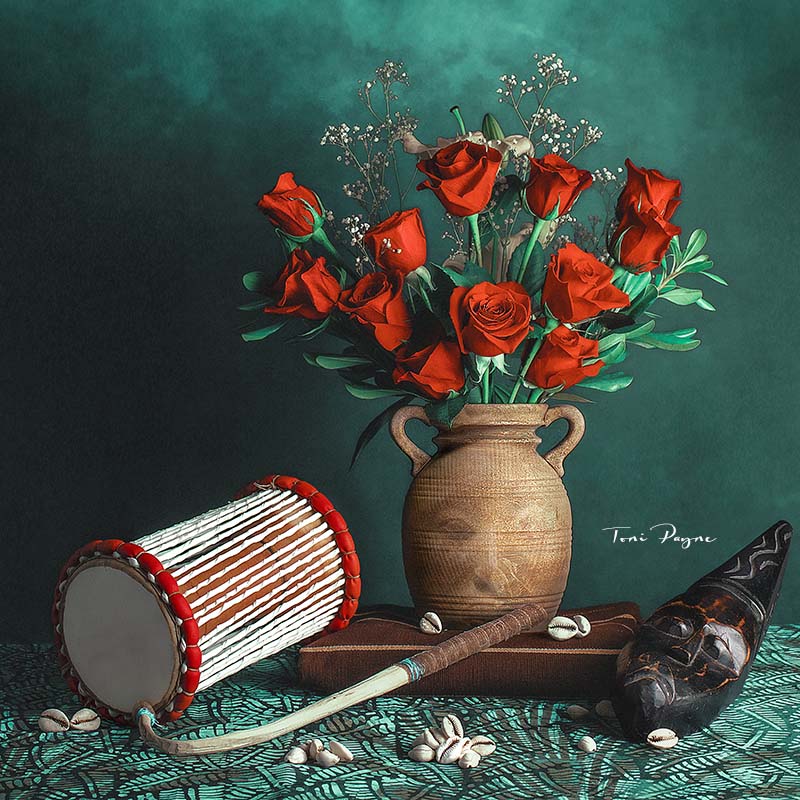
As an Artist of African descent, who sometimes creates art that is stereotyped to have Eurocentric esthetics, I often find myself wondering if this view of Still Life art is because of the amount of documentation that happened across Europe. In wondering what African Still Life Art in the 17th Century would have looked like, I ask myself if it would have had a different and notable style? If so, what would have been different about it? What stories would it have told and what uses would it have had?
I will admit that a lot of my exposure to Still Life Art came from the Renaissance and the Dutch Golden Age. Could this be because there wasn’t as much documentation of Still Life Art from the African region during these times? Why is it that when I think about Art from Africa from that timeframe, I often think of Sculptures and seldom paintings?
I find it interesting how those who write history have the power to influence our thoughts. It is also interesting how it influences how we relate things. To me, the Dutch Golden age has an influence on my art because, according to history, this was when floral art truly began to bloom. The Baroque Art movement also has a key influence because of my style of lighting. Does this mean these two things were uncommon in Africa in the 17th century? I don’t believe so.
Representation of Still Life Art in Africa during the Golden Age of Still Life
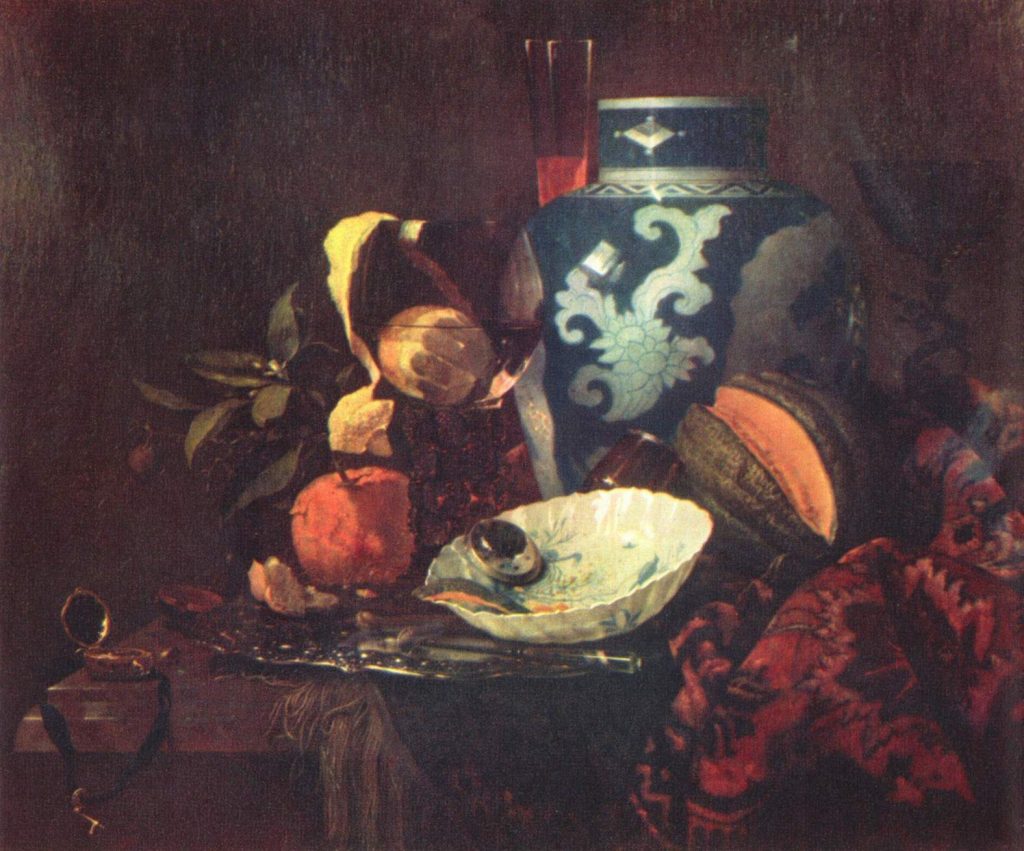
When it comes to representation from those times, I oftentimes find myself seeking but not finding. I cannot say the number of times I have gone down the rabbit hole of google search trying to find resources that would tell me if African Still Life Art was a thing in the 17th century, especially in the Western Parts of Africa. If it was, what did it look like? I find myself sometimes sitting and scrolling for hours reading text and viewing images only to end up with the same feeling of disappointment.
One thing I do find is the usual list of artists of European descent. Some painted African subjects in their still life paintings. There is one artist in particular I’ve found to be odd considering Still Life features inanimate objects. That artist is Juriaen van Streeck whose painting, Still Life with Moor and Porcelain Vessels featured a Moor man. It led me to even more questions about the rules that surrounded Still Life art during those times.
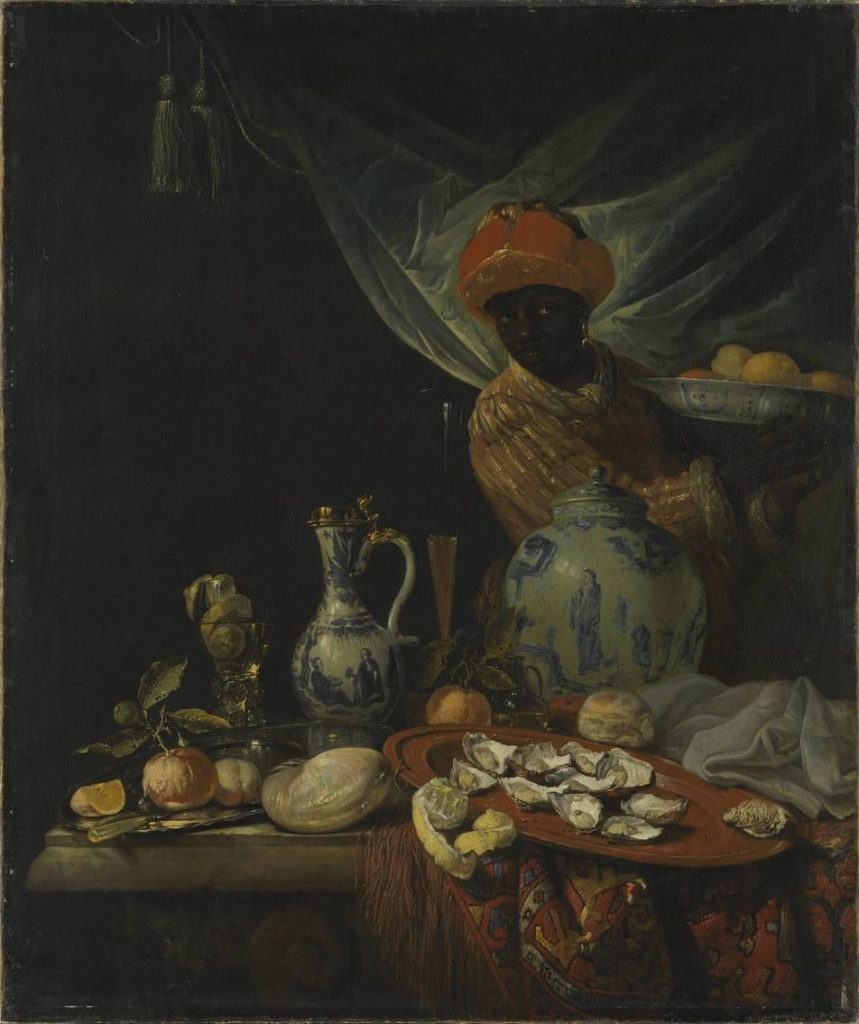
As far as Still Life out of Africa goes, the bad news is, the lack of documentation, to me, makes it hard to site as many examples. The good news is that in modern times, I have found Contemporary Artists of African descent are creating Still Life Art and documenting it. With that said, before I continue, let me reverse and explain what Still Life Art is.
What is Still Life Art
Still Life Art is the arrangement and depiction of inanimate objects. It can depict things like flowers, fruit, glassware, and even dead animals. Also, it can be a floral arrangement, a banquet scene, or an organic item. Still Life has taken many forms over the centuries. It has been used in burial tombs, used for religious symbolism, and especially as a sign of our times. Still Life in my opinion tells a story of the moment and gives its viewers much to think about. Although the depiction of inanimate objects started prior, the term Still Life is said to have been coined by the Dutch in the 16th century.
History of Still Life Art
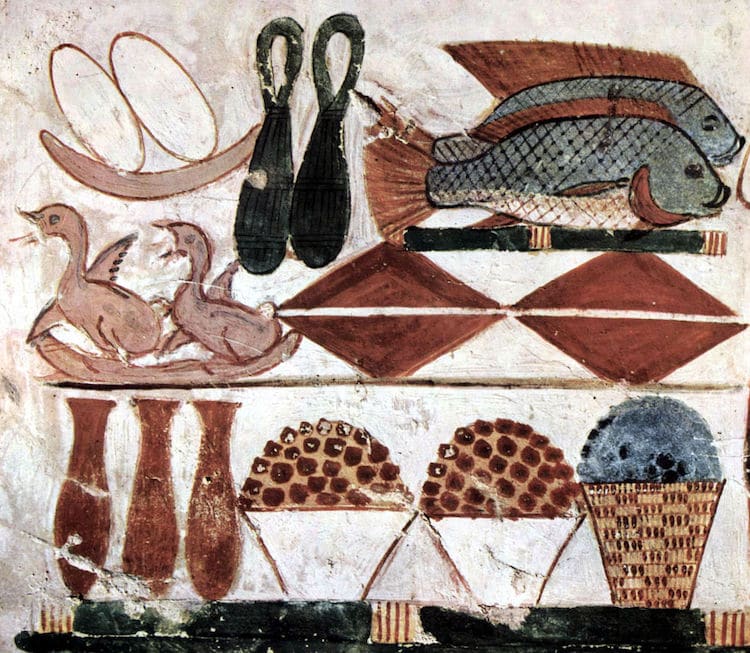
With anything historical, record keeping is important. This is one of the reasons I decided to keep a detailed record of my NFT art journey. It helps us know the who, what, why, and especially when. It not only helps tell a more accurate story, it also helps us give credit to the right people.
With respect to Still Life art, history tells us that the Golden age of Still Life happened in the 17th century. History also tells us this was one of the most popular eras for Still Life art. A lot of records were kept across Europe, especially by the Dutch. But I often wonder, if Still Life Art was a thing in different parts of Africa in the 17th century. I am sure it was, but where are the records of it?
What does history tell us about Africa’s role in Still Life art?
One thing we do know is that the earliest known Still Life Paintings were found in Egypt in the 15th Century BCE. The most popular one was discovered in the Tomb of Menna in 15th century BCE. This made a lot of sense to me because Egyptians believed in the afterlife. So, depicting things like food and Tupperware in tombs sounds in line with their beliefs.
What did this mean to me as a Still Life Artist? It made me feel like if I can dig deeper, and with enough research, I may find evidence of Still Life Art on a grander scale in different parts of Africa in the 17thcentury. These artworks may just not be documented online as much as their European counterparts.
Still Life with Yoruba Talking Drum
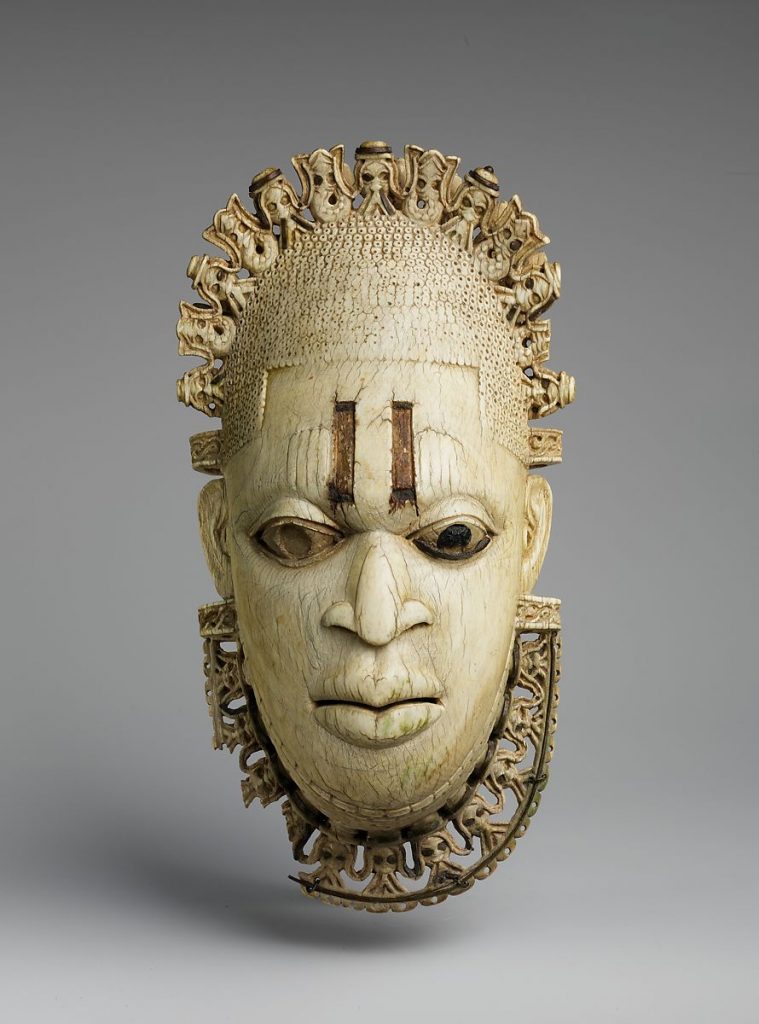
If you look at a lot of Still Life Art in the 17th Century, many of them depicted things that were found in that region. They also depicted things that were brought to the region through trade. They told stories of the region and times. Yes, a lot also had a certain style, but I feel like that style could have been universal. A lot of the symbolism used is also related to who they were. I believe in the 21st century, especially with the internet and more exposure to other cultures, places, and things, this has changed.
As creatives, creating art in the age of the internet, our exposure is so much broader. With wider exposure comes wider interest. These interests will surely influence our output as artists, but I digress. We are here to talk about African Still Life Art in the 17th Century. So, considering what I know of the 17th century, I decided to create what I felt Still Life Art from Yorubaland in the 17th century would have looked like. I felt like it would have included elements of the region because remember, the exposure and access weren’t like what we have today.
To explain my artist vision better, let me start by sharing the idea behind Still Life with Yoruba Talking Drum, taken from its description. I also have this artwork for sale as a limited edition print, here.
Still Life Art in Ile Ife – An Artists Journey back in time
In my search for African Still Life Art from the 17th century, I travel back in time to the town of Ile Ife. It is the year 1669 and the golden age of Still Life is upon us. According to Yoruba Oral tradition, Ife is where civilization and life began. I wondered what Still Life Art during this time would have looked like. I begin to gather items that would speak of the times and celebrate the culture and people.
The first item I find is the Gangan, a talking drum that is often used in music, storytelling, and communication. I am approached by an artisan, and she hands me an Aso oke, a beautiful fabric worn by the Yoruba people. I reach into my pocket to pay her and pull out some cowries, or Owo Eyo, as it is called around here. It is used as currency.
As I step back to take things in visually, I knew I couldn’t leave out an important component. The Yoruba people are known for their love of storytelling and poetry. I’m feeling inspired and the words begin to flow. Before I know it, it is nightfall and I find myself falling asleep under the moonlight. After what felt like hours, I awake to a sound. As I slowly open my eyes, I realize it is 2022 and in front of me is a reminder of my journey. A closer look leaves me with a magical surprise. I title it, Still Life with Yoruba Talking Drum. It is my Contemporary version of Still Life from Yorubaland in the 17th Century.
Why Historical Documentation of Art in NFTs is important.
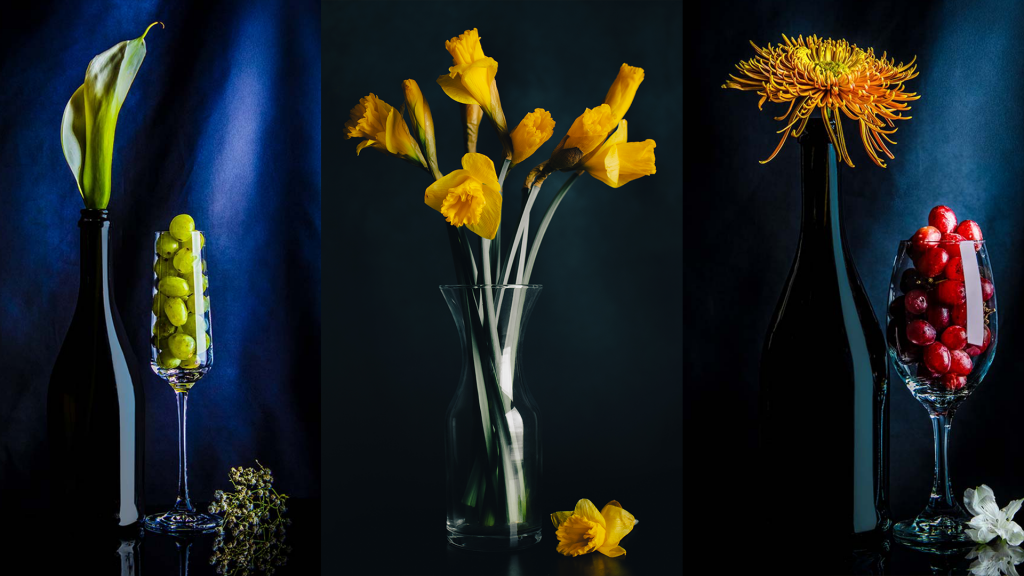
Because NFTs are new, a lot of firsts will happen. We will hear of the firsts like, first NFT Artist, and first Art to be minted on a blockchain. A lot of pioneers and pace setters will also be produced.
Unlike the 15th and 17th Centuries when documentation was more prominent in certain regions than others, we now have a more level playing field. As I said before, the nature of things like travel and the internet also gives us access. In the 21st century, we now have an abundance of art that we can look to for inspiration. We also can create art with the understanding that influences come from many factors regardless of our heritage.
I appreciate the fact that documentation is now better. It will give those that come after us a clearer picture of these times. I also wish documentation in Africa by Africans during those times was better. There are so many historical firsts that may have been lost to never be found again. I find that quite sad.
I would love to someday, if possible, travel to parts of Africa for research purposes. One place especially is Yorubaland. I would love to get answers to some of my most pertinent questions. With that being said, if anyone has answers to these questions, do reach out to me for a discussion. I am open to being enlightened further.
